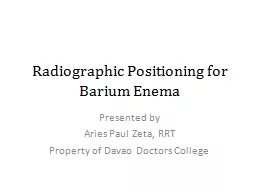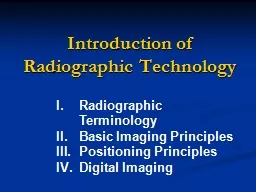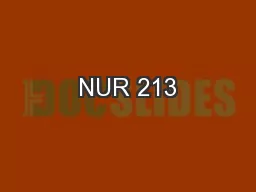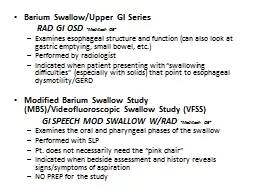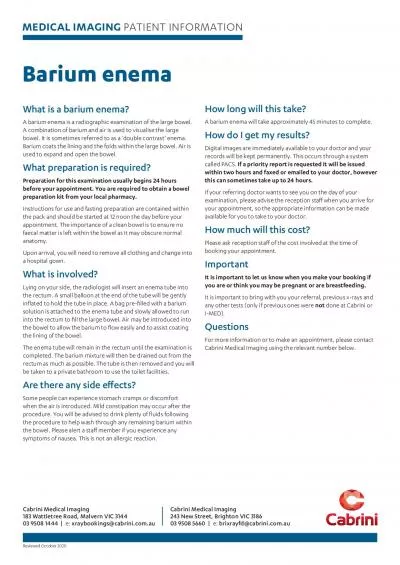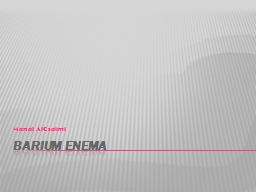PPT-Radiographic Positioning for Barium Enema
Author : conchita-marotz | Published Date : 2018-10-06
Presented by Aries Paul Zeta RRT Property of Davao Doctors College 10 Millers Routine Sequence of Radiographs AP to include flexures Left lateral rectum
Presentation Embed Code
Download Presentation
Download Presentation The PPT/PDF document "Radiographic Positioning for Barium Enem..." is the property of its rightful owner. Permission is granted to download and print the materials on this website for personal, non-commercial use only, and to display it on your personal computer provided you do not modify the materials and that you retain all copyright notices contained in the materials. By downloading content from our website, you accept the terms of this agreement.
Radiographic Positioning for Barium Enema: Transcript
Download Rules Of Document
"Radiographic Positioning for Barium Enema"The content belongs to its owner. You may download and print it for personal use, without modification, and keep all copyright notices. By downloading, you agree to these terms.
Related Documents

